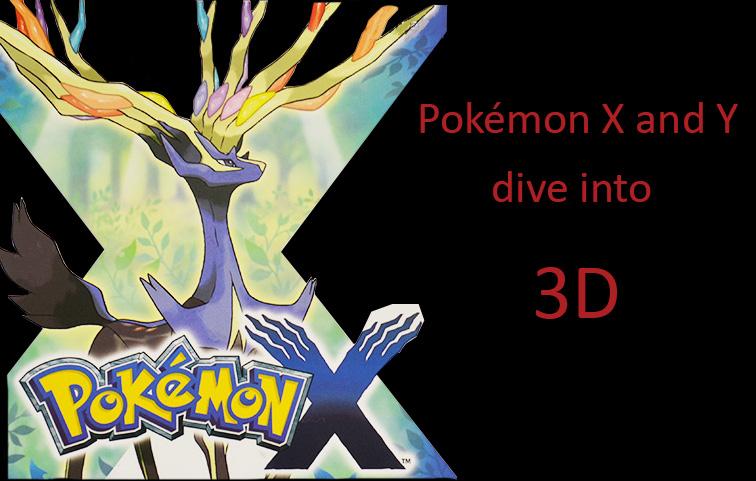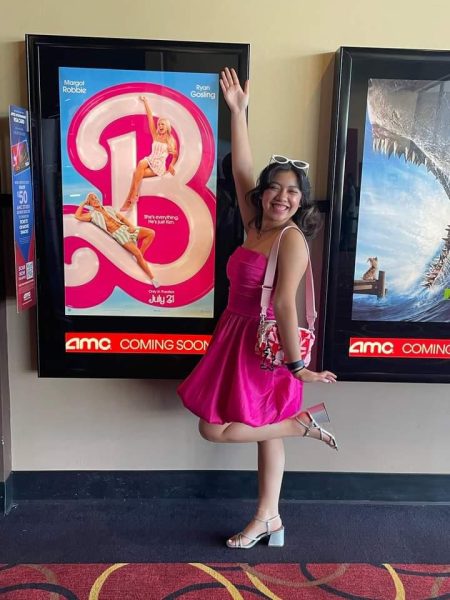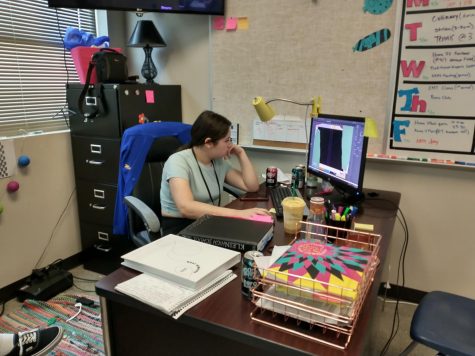Pokémon X and Y dive into 3D
After months of speculation, hype, and restlessness, the newest generation of Pokémon released worldwide on Oct. 12 for the Nintendo 3DS.
Pokémon X and Pokémon Y are the first paired games of Generation VI, and they hold the distinction of being the first main series games to be played in full 3D.
The fundamental game-play of X and Y remains the same: the player takes on the role of a Pokémon Trainer and embarks on a journey to become the champion. This time, the player aims to be the champion of the brand new region, Kalos. Along the way, the player encounters Pokémon of 18 different types, each with their own ability and nature. A Pokémon’s type is similar to a class or a rank in other video games. The type determines a Pokémon’s strengths and weaknesses as well as the majority of the moves a Pokémon learns. For example, an Electric type Pokemon like Pikachu cannot learn many Ghost type moves like Lick or Hex since Pikachu is not a Ghost type. However, Pikachu can learn many Electric types moves such as Thunderbolt or Electroball. Players also encounter the mysterious Team Flare, a criminal organization aiming to make a more “beautiful world” by harming Kalos’ resources.
Players battle with a team of six Pokémon against opposing trainers and rivals. Upon reaching certain cities, players can enter Gyms and challenge Gym Leaders, trainers who battle with a particular Pokémon type and serve as the “bosses” of the game. Once the Gym Leaders are defeated, players obtain the badges needed to battle against the toughest opponents of the Kalos League, the Elite Four. The members of the Elite Four are similar to Gym Leaders, for both master a particular Pokémon type and serve as “bosses” in the game. Players can then battle the best trainer in Kalos: the Champion of the Kalos League.
However, instead of sticking to all of the game-play mechanics from the previous generation, X and Y add a new trick to the game: the Fairy type. This is not the first time that the Pokémon franchise added a new type: Generation 2’s Gold, Silver, and Crystal introduced the Dark and Steel types in order to combat against the over-powered Psychic type of Generation 1’s Pokémon Red, Blue, and Green. With the addition of the Fairy type as one of the 18 types in the game, all Pokémon new and old have their weaknesses and strengths changed. In addition, certain Pokémon also changed types. For example, Marill, previously a pure Water type Pokémon, is now both a Water and Fairy type. Clefairy, previously a pure Normal type Pokémon, is now a pure Fairy type.
These new changes can startle players at first since they will not know how many Pokémon changed their types or how to combat against the new type. Nevertheless, X and Y do a good job of incorporating Fairy types into the game and explaining its strengths and weaknesses, even including a Gym dedicated to the Fairy type. Out of the 18 types, Poison and Steel types are great against Fairy types. Dark, Fighting, and Dragon types will have a tough time against Fairy types; in fact, Dragon type moves cannot affect Fairy types at all. Also, Ghost types are no longer resisted by Steel types, and Pokémon of certain types like Electric or Ice are no longer affected by status conditions associated with their type like paralysis or freeze.
X and Y also adds new features such as Pokémon Amie, a simulation that allows for trainers to bond with their Pokémon and affects the rate of critical hits, the rate of evasiveness, and the evolution of the Pokémon Eevee. Super Training raises a Pokémon’s stats such as Attack or Speed by having the player play mini-games with their Pokémon. Sky Battles are battles between other trainers that only utilize Flying type or levitating Pokémon, and Horde Battles have five Pokémon against one. The Player Search System allows for speedy and instant interaction with Pokémon trainers from around the world through battles, trades, and messages. Player customization alters the player’s clothes and hair, invoking originality in the outfits and making it so the player himself/herself can play an active role in the game instead of hiding behind a stock character.
Another prominent addition to the game is Mega-Evolution, available to certain Pokémon such as Lucario, Mewtwo, and Absol. During battles, these Pokémon activate stones that increase their stats, change their abilities, or even change their types and appearances.
Despite these additions, X and Y fail to be flawless. The graphics in the game are absolutely gorgeous whether in the city, in tall grass, inside of a gym or a building, or facing trainers in battles. However, the 3D features during battle sequences can cause the frame rate (or the flow of the graphics and actions taking place at one time) to slow considerably depending on the intensity of the 3D on the 3DS. The game performs best when the 3D is off, but frame rate issues can still occur.
Some of the designs of the Pokémon and characters fail to meet the genius present in preceding generations, and more often than not, old Pokémon will fill up the spots on the team as opposed to the new Pokémon.
Generation 6 also reaches a sort of “identity crisis”. By adding new content, it sets itself apart from the previous generations. However, Generation 6 incorporates many old Pokémon and traits of previous generations. The players not only choose the Kalos starter Pokémon of Chespin, Fennekin, and Froakie, but they also get the opportunity to choose the Kanto starter Pokémon of Bulbasaur, Charmander, and Squirtle from Generation 1. In a way, Generation 6 identifies itself to playing just like previous titles.
Pokémon X and Pokémon Y, being the first 3D main series games of the Pokémon franchise, introduce a new type, new features, and new ways for players to play the games on a deeper level. Although frame rate issues and unoriginality of designs and game-play prevent X and Y from being the best games of the franchise, Generation 6 introduces a beautiful world and leaves behind a legacy for future games to fill in.
Your donation will support the student journalists of Klein High School. Your contribution will allow us to purchase equipment and cover our annual website hosting costs.







